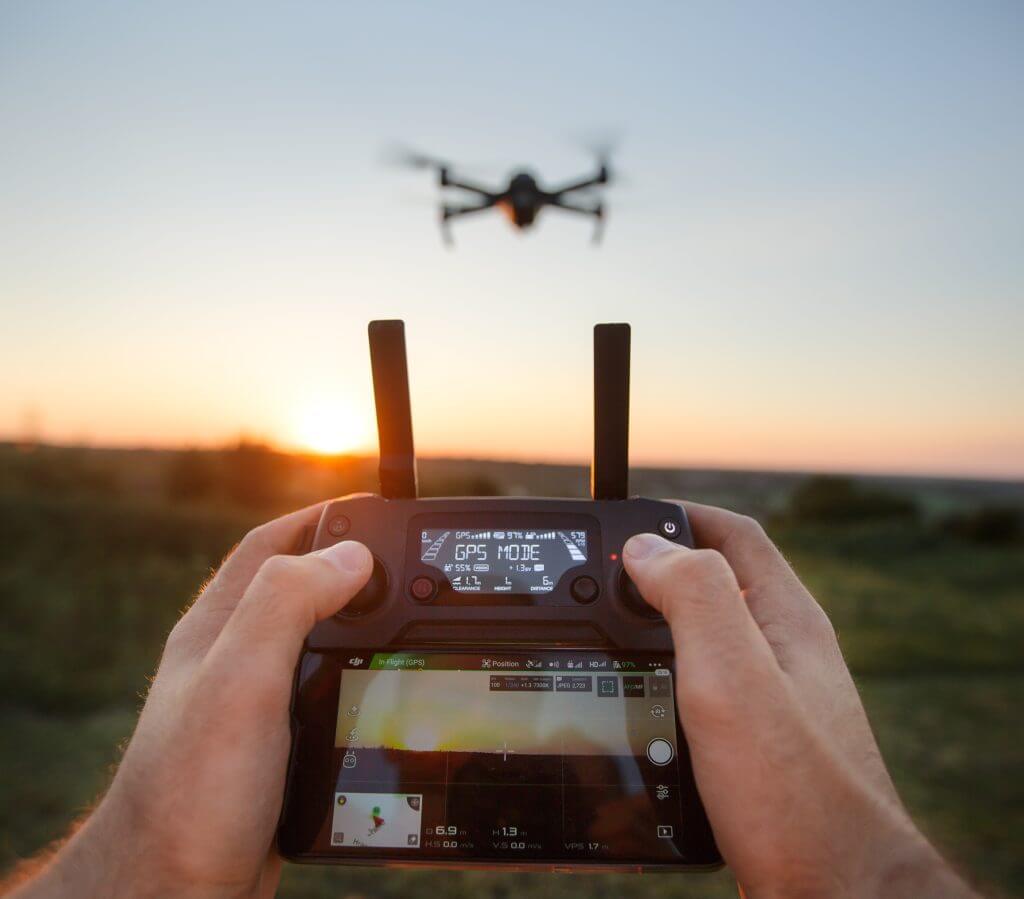Drones have transformed industries, from construction and agriculture to filmmaking and emergency response. But as drones take on more responsibility, the risks increase. That’s why understanding drone insurance coverage is essential for every pilot and operator.
Too many pilots assume they’re covered under homeowners or general liability policies, only to find out after an accident that drones are specifically excluded. Without the right coverage, a single incident could cost tens of thousands of dollars and jeopardize your business.
In this guide, we’ll break down the different types of drone insurance coverage, what each protects, common exclusions, and why specialized aviation insurance through BWI is the gold standard.
What Is Drone Insurance Coverage?
Drone insurance coverage refers to the specific protections provided by an aviation insurance policy for drones. It works much like car or aircraft insurance: you choose the types and limits of coverage, pay a premium, and the insurer pays claims if covered events occur.
The core categories of drone insurance coverage include:
- Liability – Third-party damages or injuries
- Hull – Physical damage to your drone
- Payload – Coverage for attached equipment like cameras or sensors
- Personal Injury – Coverage for privacy or reputational claims
- Non-Owned Coverage – Protection when flying rented or borrowed drones
The 5 Key Types of Drone Insurance Coverage
- Liability Coverage
- What it covers: Injury to people and damage to property caused by your drone.
- Why it matters: This is the foundation of drone insurance. Most client contracts require at least $1M liability.
- Example: Your drone collides with a car during an inspection. Liability coverage pays for repairs and legal defense.
- Hull Coverage (Physical Damage)
- What it covers: The drone itself, insured for its replacement value.
- Why it matters: High-end drones can cost $10,000–$30,000 or more. Hull coverage ensures you’re not out of pocket if it crashes.
- Example: A Matrice 300 with a $25,000 LIDAR payload crashes into a tree. Hull coverage repairs or replaces the drone.
- Payload Coverage
- What it covers: Attached equipment like cameras, multispectral sensors, or mapping gear.
- Why it matters: Payloads often cost more than the drone itself.
- Example: A $15,000 camera mounted on a drone is damaged during flight. Payload coverage pays for replacement.
- Personal Injury Coverage
- What it covers: Claims of privacy invasion, libel, or reputational harm tied to drone use.
- Why it matters: Flying over private property can create liability risks beyond physical damage.
- Example: A homeowner sues for invasion of privacy after a drone films near their property.
- Non-Owned Drone Coverage
- What it covers: Liability and physical damage when operating drones you don’t own.
- Why it matters: If you rent or borrow drones, your standard policy may not apply.
- Example: You rent a drone for an event shoot and it crashes. Non-owned coverage protects you.
Common Exclusions in Drone Insurance Coverage
It’s equally important to know what’s not covered:
- Illegal operations (flying without FAA approval, beyond-visual-line-of-sight without waiver)
- Wear and tear or mechanical breakdowns
- Unlicensed pilots (flying without Part 107 for commercial use)
- Intentional acts
Understanding these exclusions ensures you don’t rely on coverage you don’t actually have.
How Much Coverage Do You Need?
- Hobbyists: Liability of $500K–$1M, hull optional depending on drone value.
- Small Commercial Operators: $1M liability minimum, hull + payload if equipment is expensive.
- Enterprises: $5M–$25M liability, hull + payload for large fleets.
Every operation is different, a wedding photographer faces different risks than an agriculture company spraying crops. The right broker helps you determine what fits.
Customer Story: Why Coverage Details Matter
A drone operator specializing in agricultural mapping insured only the hull value of his $20,000 drone. When his drone crashed into a client’s truck, he discovered his liability coverage limit was just $100,000. The damage claim was nearly double that.
At BWI, we helped restructure his policy with $1M liability and higher payload protection. He kept his contracts, but learned an expensive lesson: the details of coverage matter as much as the premium.
Why Work With BWI
- Comprehensive Coverage Options tailored to each operation
- Access to Multiple Carriers for competitive pricing
- Fast Certificates to meet client contract requirements
- Dedicated Brokers to walk you through coverage details and exclusions
- Claims Advocacy if something goes wrong
Conclusion
Drone insurance coverage is more than a box to check, it’s a lifeline for your business. From liability to payload, every piece of coverage plays a role in protecting your operations, your finances, and your future.
Don’t settle for generic coverage or app-based policies that leave gaps. Work with a specialist who understands aviation risk.
Get your drone insurance coverage quote from BWI today.
bwifly.com / 800-666-4359
Continue Reading



